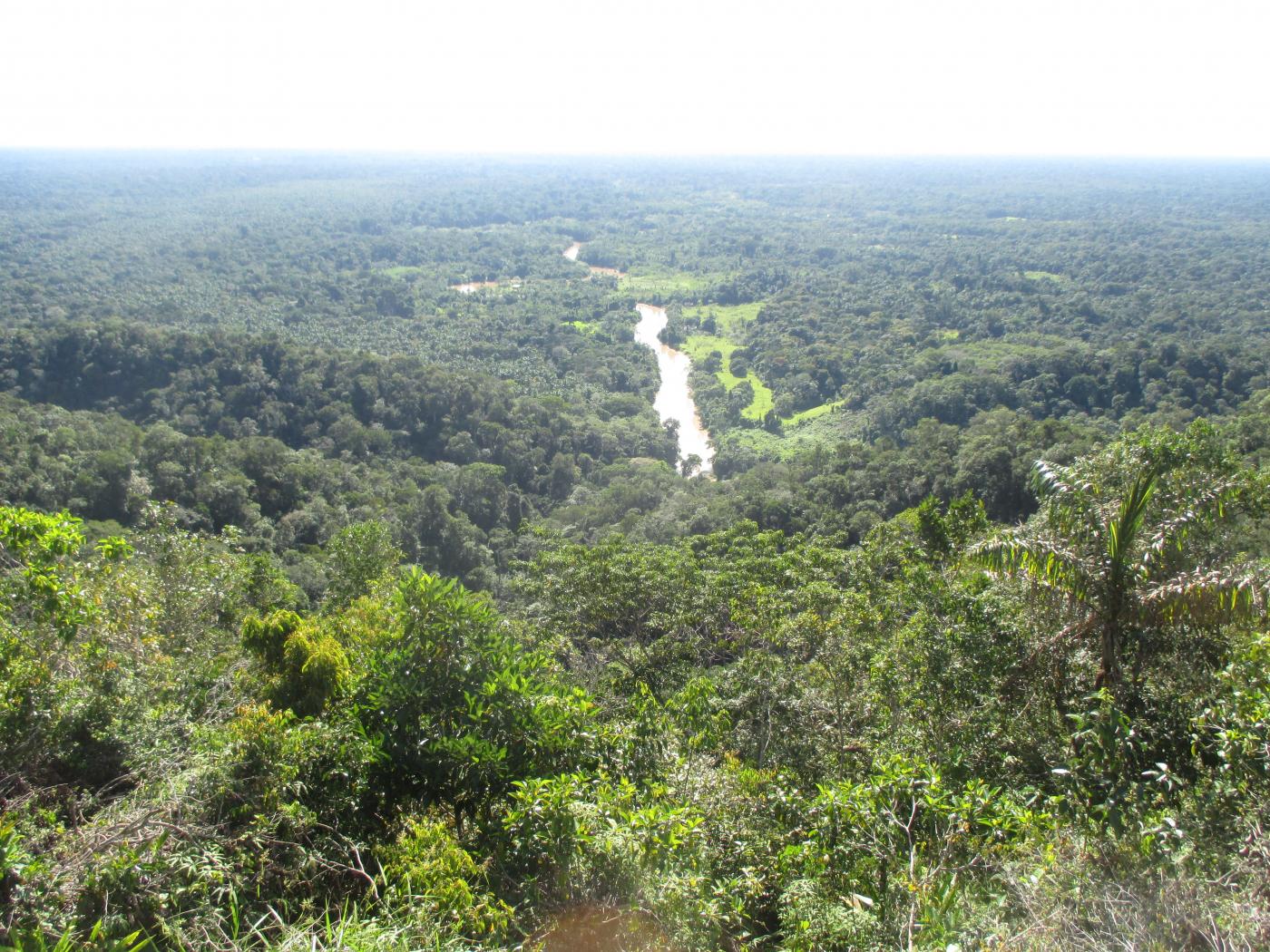Research points to relationship between biodiversity, agriculture and disease dispersion
16/07/2021
Center for Synthesis in Biodiversity
The dispersion of diseases in the Amazon is directly related to the agricultural development trajectory of municipalities and the loss of biodiversity. Malaria is prevalent in municipalities with an agro-extractivist profile and with forest cover, that is, half of the Amazon territory. Dengue and chikungunya occur more frequently in municipalities of recent urban expansion, such as on the southern edge of the Amazon in transition to the Cerrado. Cutaneous leishmaniasis is prevalent in municipalities with large herds where there are higher rates of deforestation and loss of biodiversity. COVID-19, on the other hand, spreads easily to all municipalities, as it relates to people traffic. This is what the study Epidemiology, Biodiversity, and Technological Trajectories in the Brazilian Amazon: From Malaria to COVID-19 points out, published this Tuesday (7/13) in the journal Frontiers in Public Health, authored by the researchers of the Trajectories project, of the Center for Synthesis in Biodiversity of the National Council for Scientific and Technological Development (CNPq), in which members of Fiocruz participate.

Photo: Raquel Lana
Amazonian municipalities are currently living with high rates of deforestation, loss of biodiversity, and a high burden of neglected tropical diseases. Approximately two thirds of this biome is located in Brazilian territory. There, the socioeconomic and environmental transformations of the landscape are linked to the dynamics of the regional agrarian economy. Seeking to integrate approaches from economics, epidemiology, and biodiversity, the study's authors identified two main perspectives of relating to land that are subdivided.
The first set of practices (called "technoproductive trajectories" by the researchers) fit into the agricultural model, associated with intense landscape change, homogenizing and promoting great loss of forest cover. The logic involved in these trajectories focuses on profit-driven capital efficiency. The second set of trajectories is related to the agroextractivist model that relies on the accumulation of local knowledge and on the historical adaptation to the biome, describing its rural reality based on historical references and land occupation.
Agro-extractivist trajectories are dominant in half of the Amazon territory and are concentrated in areas covered by continuous forest, in which malaria is a major disease and cause of high mortality. Cattle ranching and grain farming, on the other hand, are associated with high rates of deforestation and have become dominant trajectories in recent years. These agricultural trajectories are associated with large biodiversity loss and the increase of neglected tropical diseases such as leishmaniasis, Chagas disease, and those related to transmission by the Aedes mosquito.
COVID-19's trajectory began in the cities, but quickly spread to rural, riverine, and forest communities. This flow came about through the chain of contacts involving health professionals and social workers who move between the regions, as well as the residents who left the big cities for the more remote areas. COVID-19 was aggravated by the inequality of access to basic health services and goods and services that plagues the region. In addition to opening horizons for monitoring the potential advance of diseases in Amazonian municipalities, the study innovates with a systemic approach in which epidemiological, economic, and environmental perspectives are considered together.
The study was prepared by the Trajectories project team, linked to CNPq's Center for Synthesis in Biodiversity and Ecosystem Services (SinBiose) and includes social, natural, computer, health, and economics scientists. Researchers from Fiocruz, the National Institute for Space Research (Inpe), the Federal University of Minas Gerais (UFMG), the Federal University of Pará (UFPA), the Federal University of South and Southeast Pará (Unifesspa), the University of Acre (Ufac), the Brazilian Forestry Service (SFB), and the Getúlio Vargas Foundation (FGV) collaborated in this study


